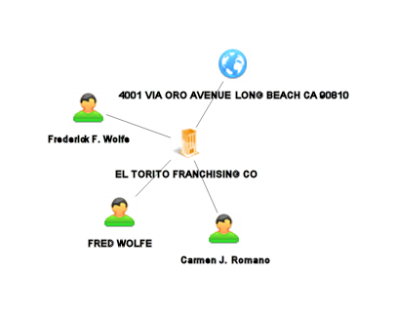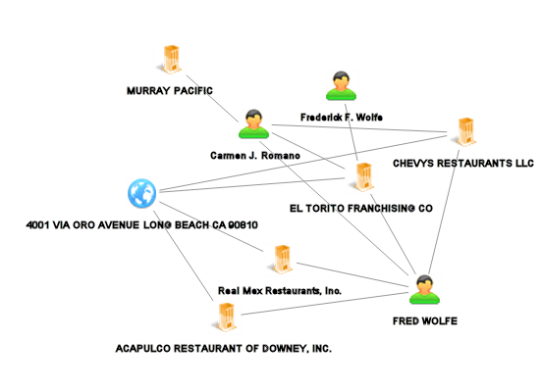KYC3 offers an “Instant KYC Compliance Report” feature that is very easy to use. Here’s how.
First enter the name of the individual or company that you are looking for into the search bar. The more specific you are, the better your results will be. However, if you are too specific, you may miss some results. Since you can run as many queries as you need, you can quickly try several and see the results. If you search for “Mohammed”, of course you find sanction list hits, since there are many guys with Mohammed in their names on the lists. Narrowing the name down to “Mohammed bin Zayed Al Nahyan” on the other hand gives no sanction list entries.
Let’s walk through an example. Suppose that I have a potential new client named “Manuel Diaz”. The first thing I do is run his name in the system and get back the results. They show up looking like this.

It is quickly apparent that there is a Manual Diaz who is not a good guy. We can see that he’s born on 10 Feb 1954 and that he’s on the U.S. OFAC SDN Sanction List.
Getting a KYC report is easy. I just click on the big button that says “REPORT” right next to the search button. The system generates an Instant KYC report in PDF format for me. I get a dialog box asking if I want to open or save the file, like this.

Once I have the file, I can check it out.

We can see that Manual Diaz is on the U.S. list, but not on the other lists.
If I have any doubts about my Manual Diaz, I’ll have to check it out and make sure that he’s not the one on the U.S. list. Is he Colombian? Was he born in 1954? If either of these conditions is plausible, then we might want to dig a little deeper.
Using the KYC3 Instant KYC report feature, we can check to see if there are any hits that may require investigation with the KYC3.com compliance tools. If there are, we can use the KYC3 search feature to explore possible false positive results and confirm that our person is not the one on the list. We’ll cover that in another post.
 See it on video!
See it on video!








